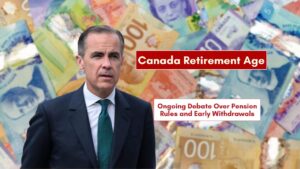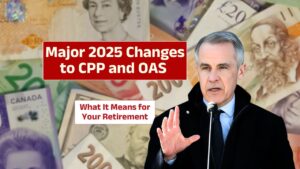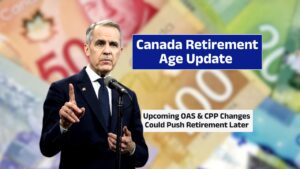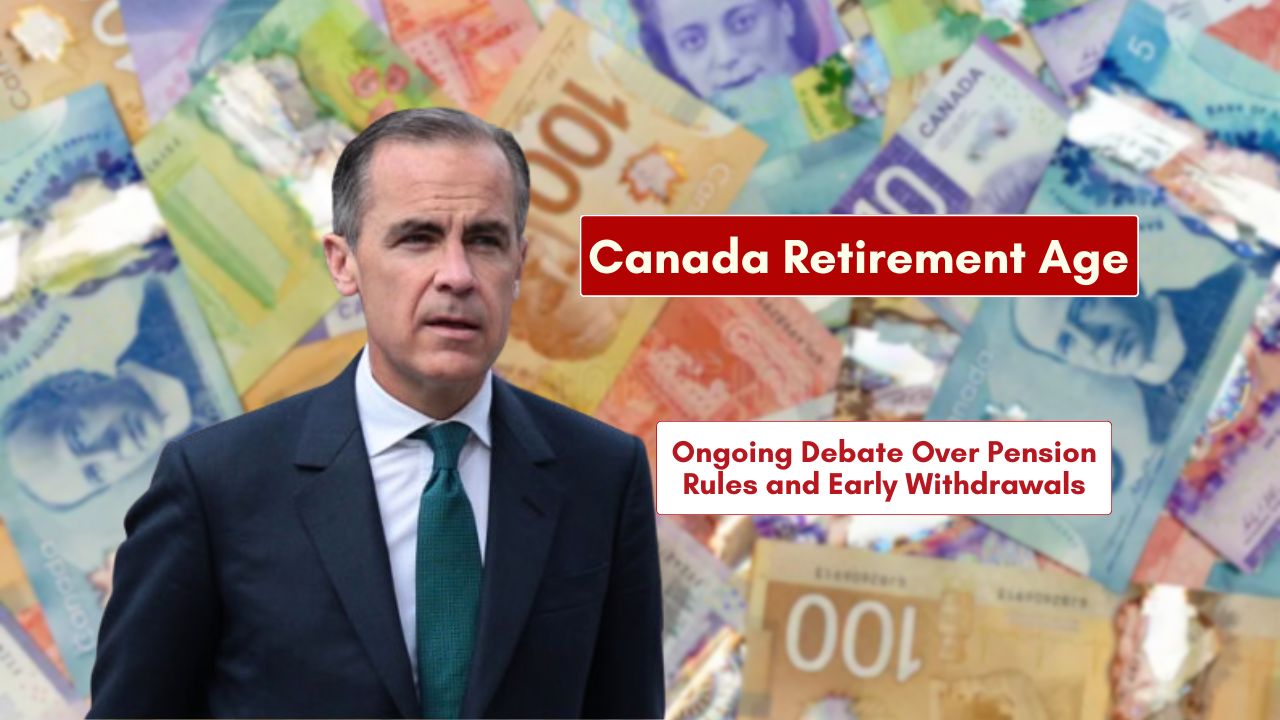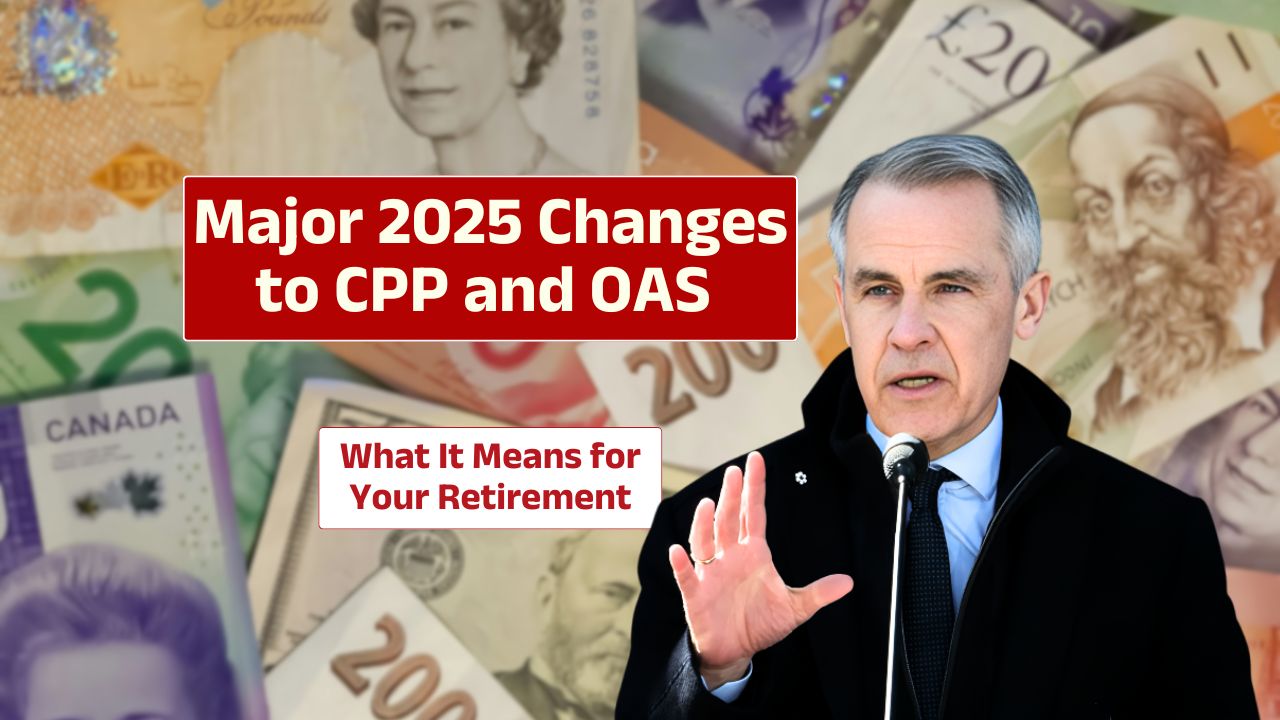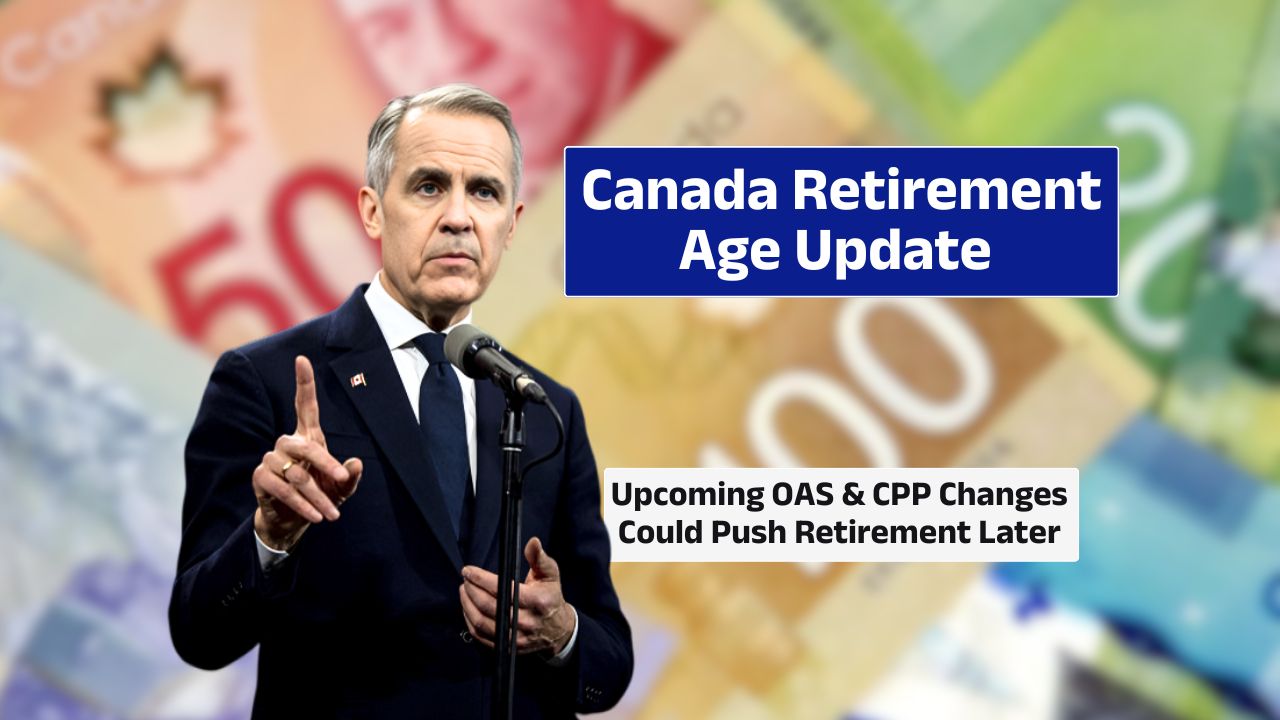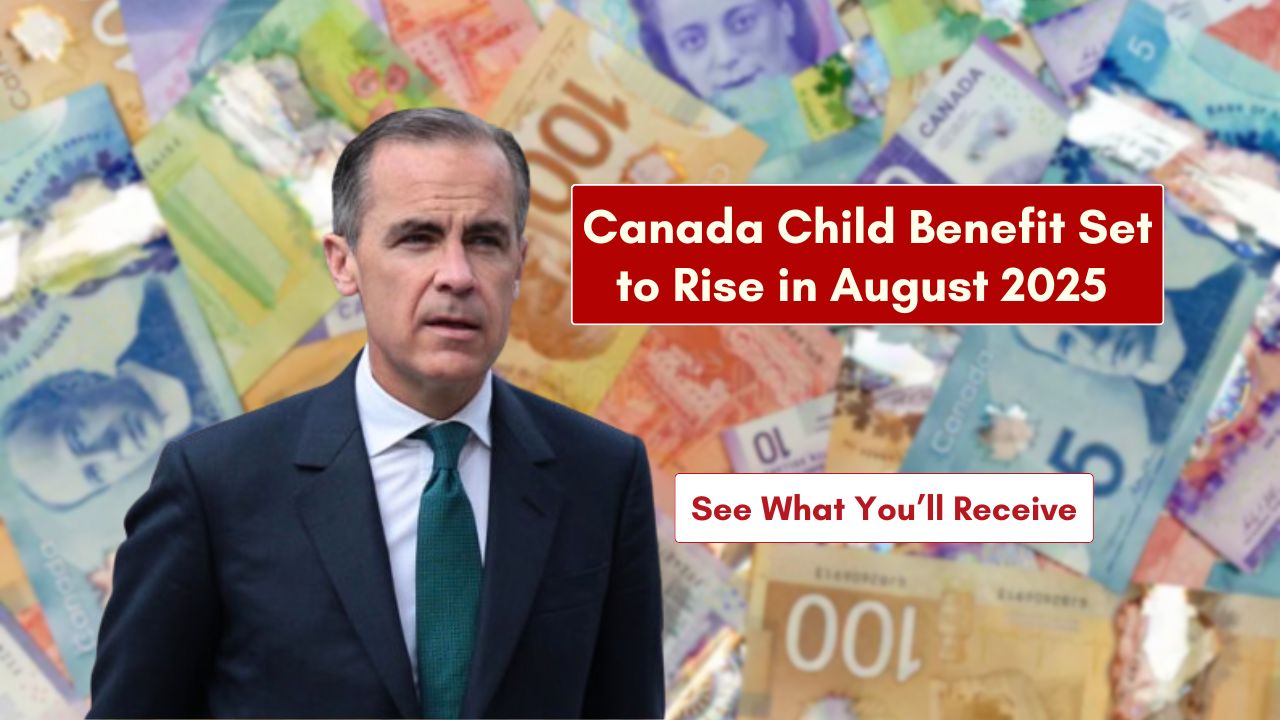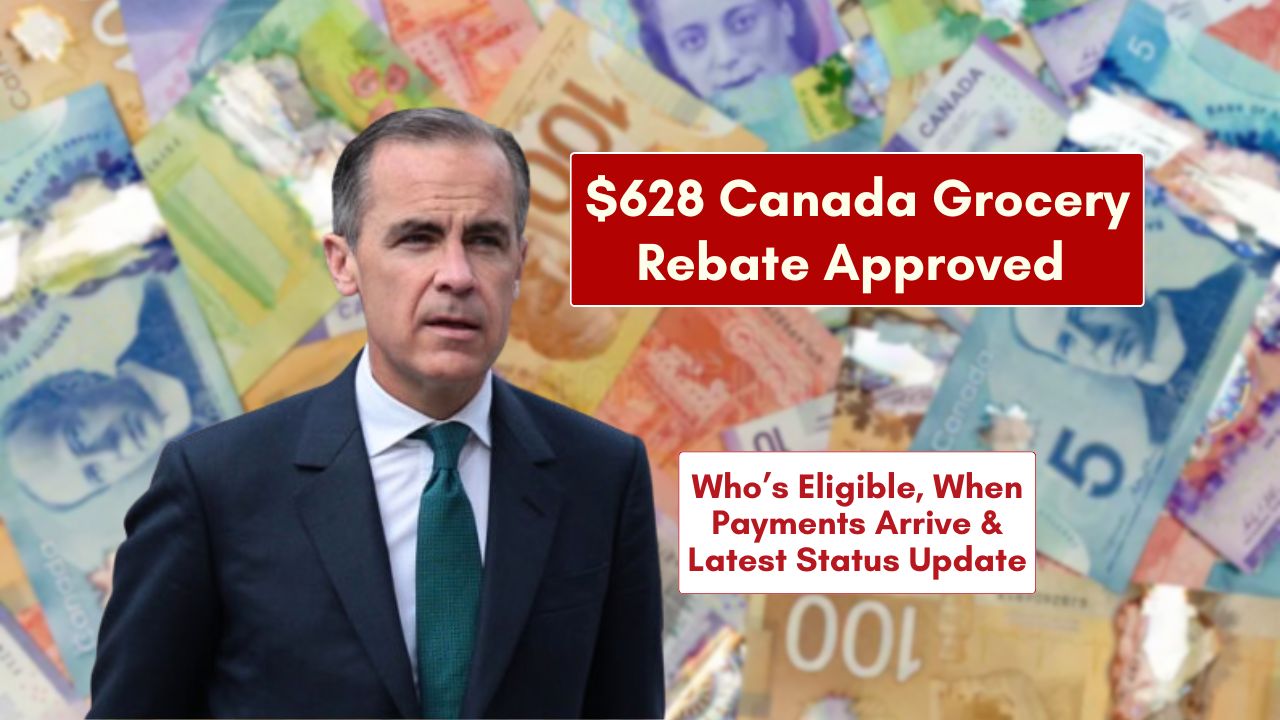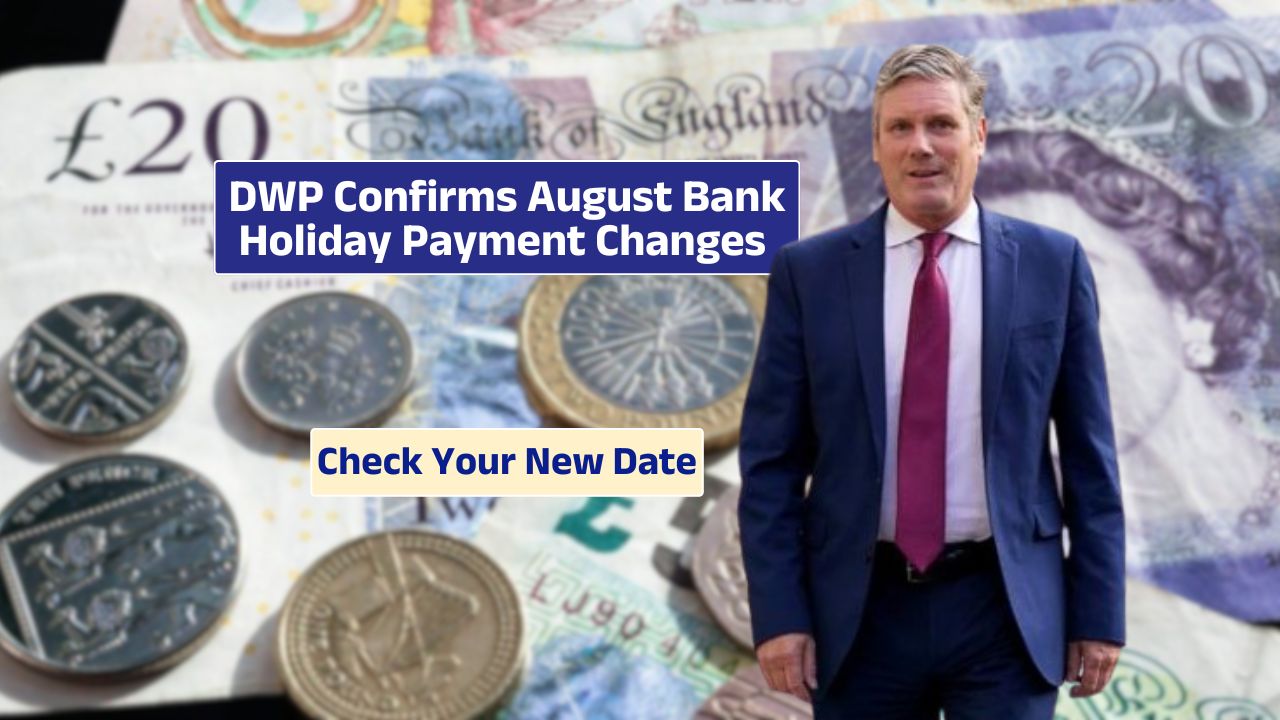Canada has been investigating the idea of Universal Basic Income (UBI) for decades. While there is no official national UBI program yet, the country has seen significant pilot projects, policy debates, and legislative efforts aimed at expanding basic income models.
In 2025, the discussion is more relevant than ever as inflation, automation, and economic instability challenge financial security for millions.
Let’s look into what UBI is, how Canada is approaching it, and what the future may hold.
Table of Contents
Concept
Universal Basic Income (UBI) is a government policy that offers all citizens an unconditional, regular cash payment regardless of employment or income level. It’s a universal approach meant to replace or supplement traditional welfare systems with fewer bureaucratic hurdles.
In contrast, Basic Income in Canada often refers to targeted support—meaning it’s given only to specific groups such as low-income individuals, seniors, or people with disabilities. This difference matters: while UBI is universal, Basic Income in Canada today is mostly selective.
Status
As of 2025, Canada does not have a full-scale Universal Basic Income program. However, targeted basic income strategies and pilot tests are ongoing across various provinces. These programs are helping evaluate the social and economic impact of guaranteed income.
History
Canada’s relationship with basic income isn’t new. Here’s a quick timeline of notable efforts:
- 1930s: Alberta considered basic income during the Great Depression
- 1974–1979: The Mincome Project in Manitoba gave families up to $5,800/year. The results showed a drop in hospitalizations by 8.5% and higher high school graduation rates
- 2017–2018: Ontario ran a large-scale pilot that was canceled after 10 months due to political changes
| Feature | Details |
|---|---|
| Location | Ontario (Lindsay, Thunder Bay, Hamilton) |
| Annual Payment | $16,989 (single), $24,027 (couples) |
| Target Group | Low-to-middle income earners |
| Impact (early reviews) | Less stress, better health, long-term planning |
Legislation
Two active bills are under review:
- Bill S-233 introduced by Senator Kim Pate
- Bill C-233 introduced by MP Leah Gazan
Both bills aim to create a Guaranteed Livable Basic Income for Canadians aged 17 and older. As of mid-2025, these bills are still being reviewed in the Senate.
Programs
Some provinces and territories have their own ongoing or completed pilots. These target specific communities and test income-based solutions.
| Province/Territory | Program Name | Monthly/Benefit | Target Group |
|---|---|---|---|
| British Columbia | New Leaf Project | $7,500 (lump sum) | Homeless individuals |
| Newfoundland & Labrador | Pre-OAS Income Plan | Monthly financial aid | Low-income people aged 60–64 |
| Prince Edward Island | T-BIG Pilot | Top-ups to 85% poverty line | 600+ low-income individuals |
| Quebec | Basic Income Program | ~$1,309/month | People with long-term disabilities |
New Leaf Project results showed positive trends. Individuals experienced 99 fewer days of homelessness. There was no increase in substance use, and more people accessed jobs, training, and personal identification.
Seniors
Canada already provides a form of basic income to seniors through the Guaranteed Income Supplement (GIS), which is part of the Old Age Security (OAS) program.
| Criteria | Amount (Max 2025) | Notes |
|---|---|---|
| Singles over 65 | $1,087/month | Must receive OAS and have low income |
| Couples | Varies by income | Adjusted with inflation annually |
| Administered by | Old Age Security (OAS) |
Opinion
Political and public support for UBI varies across the country.
In 2020, 50 Canadian Senators called on the government to look into UBI after the pandemic. During the 2021 federal election, 189 candidates across 46 percent of ridings supported basic income legislation.
Public opinion data from Narrative Research (2022) found that 60 percent of Canadians supported a guaranteed basic income, while only 37 percent backed a full-scale universal basic income program.
Financials
According to the Parliamentary Budget Officer, the cost of a national UBI in 2022–2023 would be $87.6 billion.
It could potentially reduce poverty by at least 40 percent across provinces. In comparison, the current cost of poverty in Canada is estimated at $80 billion annually due to increased healthcare, housing, and social service needs.
So, while a national UBI has a high up-front cost, it could lead to long-term public savings and economic stability.
Expert Views
Advocacy groups like the Basic Income Canada Network continue to support national implementation. Experts argue that UBI can improve well-being, reduce stress, and empower individuals to make better financial decisions.
They emphasize that unconditional cash assistance does not reduce work incentive but provides security and flexibility.
Trends
In 2025, the movement toward basic income is cautious but growing.
- More pilot programs are emerging for youth, seniors, and vulnerable communities
- Legislative activity is increasing around Bills S-233 and C-233
- Provinces like Saskatchewan are exploring sustainable funding models like sovereign wealth funds
Though Canada doesn’t yet have a national UBI, it continues to investigate the framework through practical, data-driven experiments. Regional programs could pave the way for a larger, more inclusive strategy in the coming years.
Whether or not Canada eventually launches a universal plan depends on future political momentum and funding innovation.
FAQs
Does Canada have UBI in 2025?
No, but it runs several pilot programs and studies.
What is the difference between UBI and basic income?
UBI is universal, basic income targets specific groups.
What is the cost of a national UBI?
Estimated at $87.6 billion per year in 2022.
Are seniors in Canada getting basic income?
Yes, through GIS under Old Age Security.
Which provinces have basic income programs?
BC, PEI, Quebec, and Newfoundland have active pilots.


